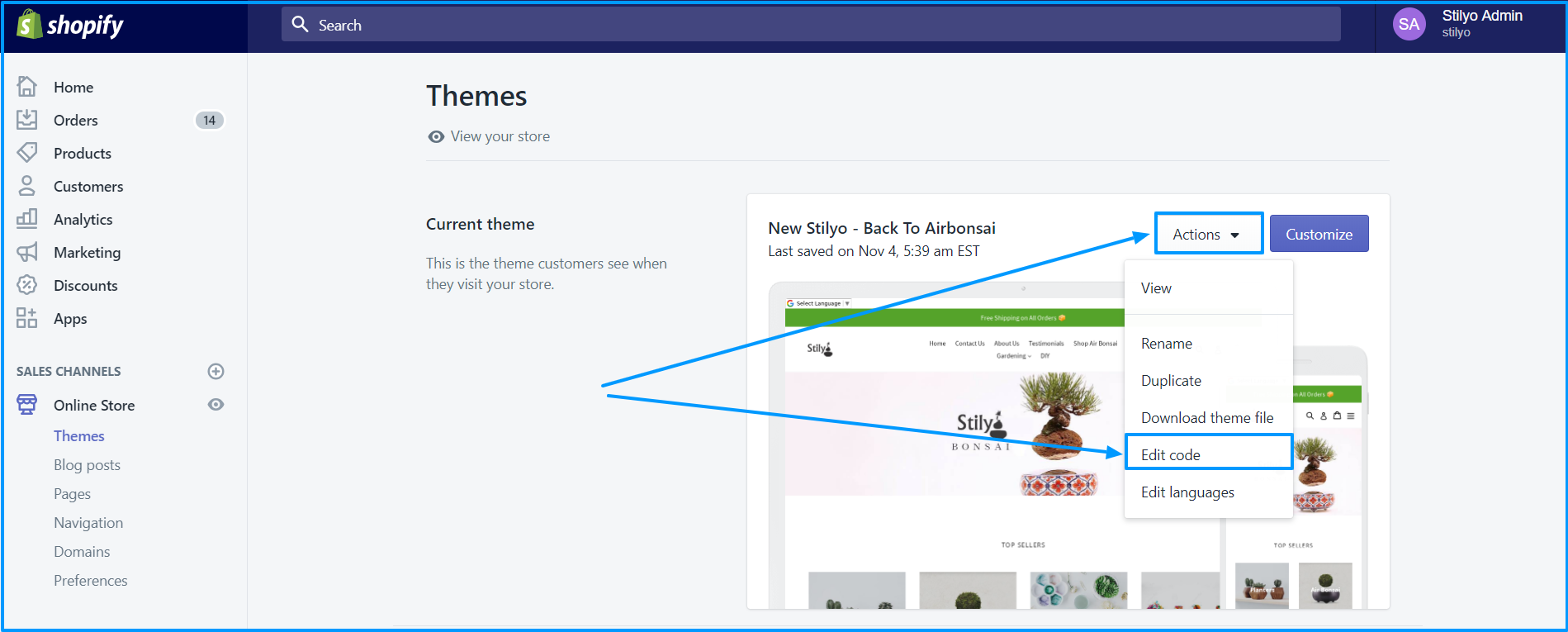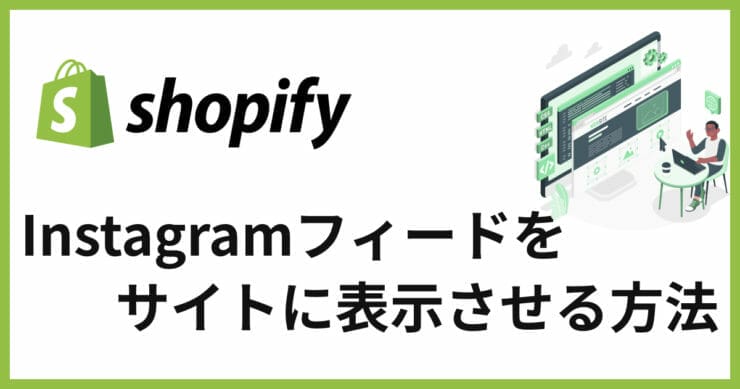
In this kind of scenario, every time you add a new version of your product to your storefront, you can throw a post up on Instagram as well. However, every case can have dozens or hundreds of different print-on-demand designs you have available.
#ADD INSTAFEED TO SHOPIFY ANDROID#
You might only have a handful of different products – the latest couple iPhones, a few Android phones, but only maybe a dozen different cases altogether. One example might be a business selling phone cases. On the other hand, many of you run storefronts with frequently updated product lists. You can simply just create the posts when your product is due to launch, or schedule a handful of them ahead of time. Now, if you’re not prone to launching new products, like if you’re only making one or two and launching a third is a big deal, this isn’t likely to need automation.

Automatically Post New Products to InstagramĪnother way to integrate the two sites – your shop and Instagram, that is – is to make sure whenever you launch a new product, images of it are posted on your Instagram feed.

That all depends on whether you want specific data or if you don’t care so long as people reach your shop. You may need a paid account for the most data access, though, particularly historical data. Many providers, like Bit.ly, have analytics built in and will show you traffic and conversion details on the links you run through their system. I suppose if you want to get fancy with it, you might consider using some kind of shortlink provider. It’s really not difficult to pick a link and add it to your bio field. That’s important if your older posts get a moderate amount of traffic, though this isn’t always the case. On the other hand, when you change the link, any older posts that point to the old link might be out of sync. By rotating out the link, you give existing users something new to see occasionally. You can direct it at specific product pages to try to focus traffic on a given product for a month, or you can link to a landing page where a user might be able to claim a deal, or something of the sort. The other option is to rotate this link out occasionally. This is a fine option, but it tends to work best if your storefront is so large that featuring one specific product would be detrimental to the rest of your store. For example, Nike’s Instagram has a very short and simple bio with their tagline and their URL. First, you can just link to your store homepage. The only clickable link you’re allowed to post is in your bio, and you only get one. You can’t put links in your image captions. On Instagram, you’re only allowed one actual, clickable link. If not – for example, if you’re reading this because you’re interested in trying out Instagram – here’s the scoop. What do I mean “your link”? If you’re familiar with Instagram, you know what I’m talking about. The first and easiest “integration” you can do is to use your link on Instagram to link to your storefront. Run a Loyalty Program Link Your Store on Instagram Here are ways you can integrate the two, and tools to help you do it if necessary. There are a lot of ways to get integration between Instagram and a Shopify storefront, so that’s what I’m going to focus on today. Your Instagram can have images of a buff man in flannel standing in the woods with it, or the axe embedded in a log balanced on another log.
#ADD INSTAFEED TO SHOPIFY FULL#
Your storefront can have images of the axe head, the handle, the full length of the tool, and any detail marks. Say, for example, you have an axe to sell. You’ll have product images on your storefront, but you can use Instagram to supplement those images. You can’t sell through Instagram, you need to sell through your store. Obviously you’re not just going to let Instagram do the talking.

It’s not a minuscule effect, either just look at some case studies. Attractive images of products, both in a void and in use or in context for their use, can dramatically increase the sales of an item. Instagram can be a great platform for anyone running an eCommerce storefront that sells physical products.


 0 kommentar(er)
0 kommentar(er)
